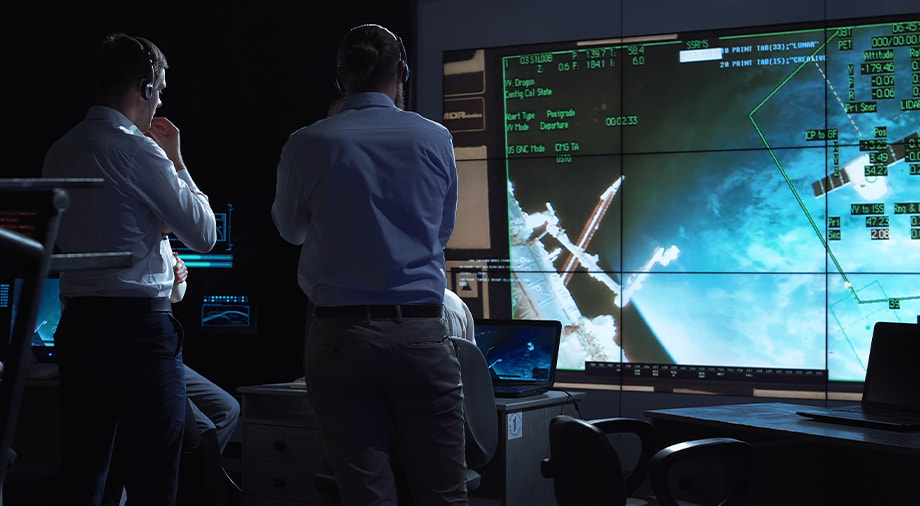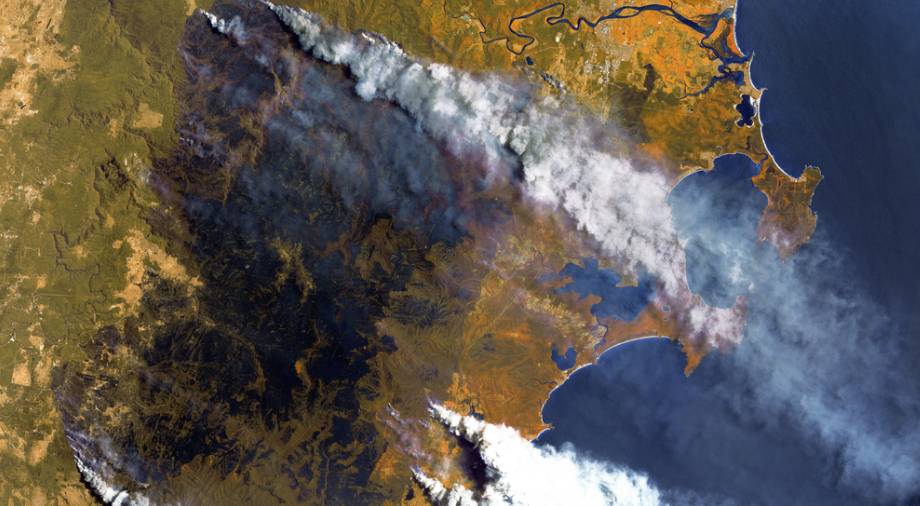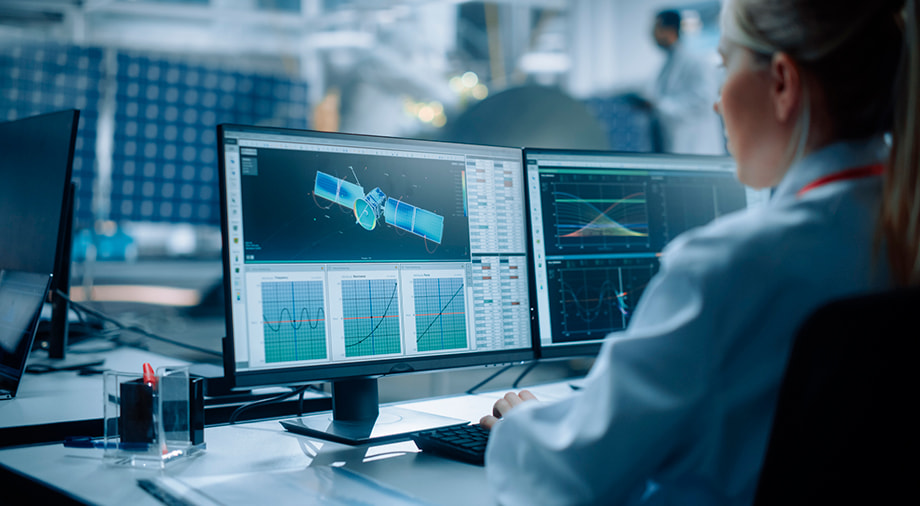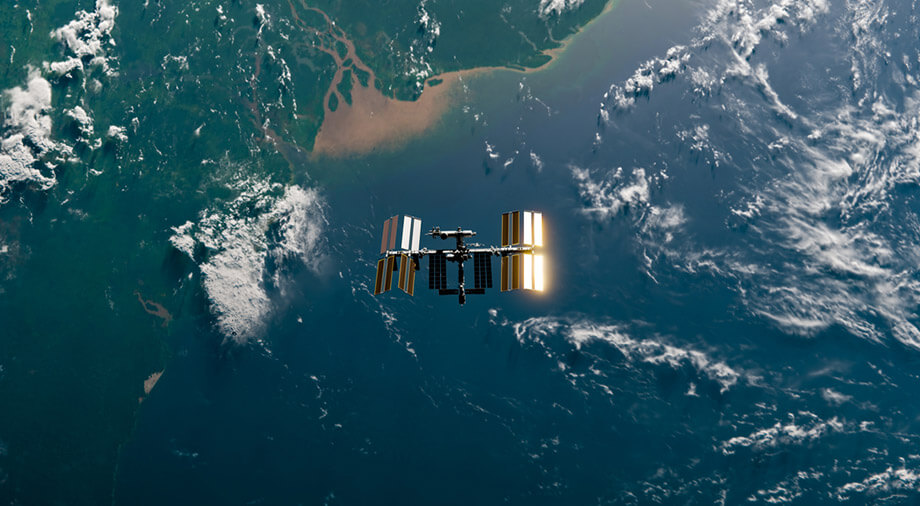Under each video and new post on Facebook, you ask many questions about space infrastructure, space phenomena, and many more.
MaxPolyakov.space’s editorial decided to answer the most interesting and difficult ones.
One of the most recent questions is about how more than 3,000 satellites can orbit the Earth without colliding with each other.
The number 3,000 here represents the total number of active satellites in orbit – there are about as many inactive ones in orbit as well. In addition, there are over 100 million fragments of space objects in Earth’s various orbits. These fragments are space debris, classified as greater than 1 mm in size.
The actual size of near-Earth space is relatively large. But if you look at this area in numbers, given the different possible altitudes, even for satellites in low Earth orbit, from 160 to 2,000 km above the Earth’s surface, there are about 13,000 cubic kilometers per satellite or object. It’s not that much, though it is more than the volume of Lake Superior. But given that they’re moving at a speed of over 28,000 km per hour, and the amount of times these satellites and debris revolve around the Earth, the chances of a collision can be quite high.
For example, in 2009, the Iridium satellite collided with an inactive space device. The result of this accident, the destruction of both the active and dead satellites, which resulted in the creation of 2,300 separate pieces of threatening space infrastructure.
How can we prevent more incidents like this?
It is impossible to launch a rocket and a satellite without obtaining permission from the country where the launch takes place. You also have to calculate the trajectory of the rocket, the launch of the satellite into orbit, and the orbit itself. This is done with help from space object catalogs, the largest of which is operated by the North American Aerospace Defense Command (NORAD). They are responsible for the United States Space Surveillance Network and the web service space-track.org, where you can get data to calculate these orbits.
This is not the only directory. All space powers have their own system of accounting for objects in near-Earth space. Such services help to ensure the safety of the satellite’s launch into a safe orbit and warn of a possible collision.
Without the work of such services, safe space wouldn’t be possible. But they aren’t always fully utilized, because each country has its own approaches and peculiarities when it comes to launches and orbits. Of course, some countries violate these rules when launching spy satellites that observe the Earth for military or reconnaissance programs.
That is why international cooperation is so important for space exploration and for the development of space technology.
Read about the dangers of space debris: We’re polluting our future home





